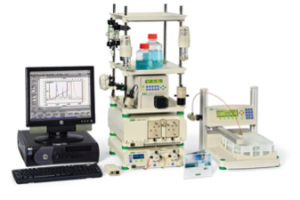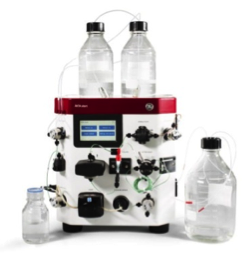June 26, 2018 -- In our previous Chromatography Series posts, we’ve focused on types of high-performance liquid chromatography(HPLC). Today, we will discuss low-pressure liquid chromatography (LPLC) systems. Both types of chromatography separate components of a mixture by exploiting physical and chemical characteristics of the components present in the mixture. Like other types of chromatography, LPLC contains a mobile phase and a stationary phase.


Another distinguishing feature of LPLC relates to its applications. LPLC is used most frequently in the study of biomolecules such as proteins and monoclonal antibodies. Due to the fragile nature of biomolecules, LPLC is a useful option because it is a predominantly non-destructive, preparative technique in contrast to HPLC. Typically, LPLC allows for preservation of the sample for further studies. It is important to note other advantages of LPLC include its simple design and siphon strength. A simple system can be easier to use and maintain, while a low-pressure pump is capable of drawing up liquid to great heights as compared to the low siphon strength in higher-pressure systems. Ultimately, instrumentation requirements for LPLC are modest, consisting of simple detectors, low-pressure pumps, sampling systems and fraction collectors.
Which technique do you employ, HPLC or LPLC? Start the discussion below!
Copyright © 2018 scienceboard.net







